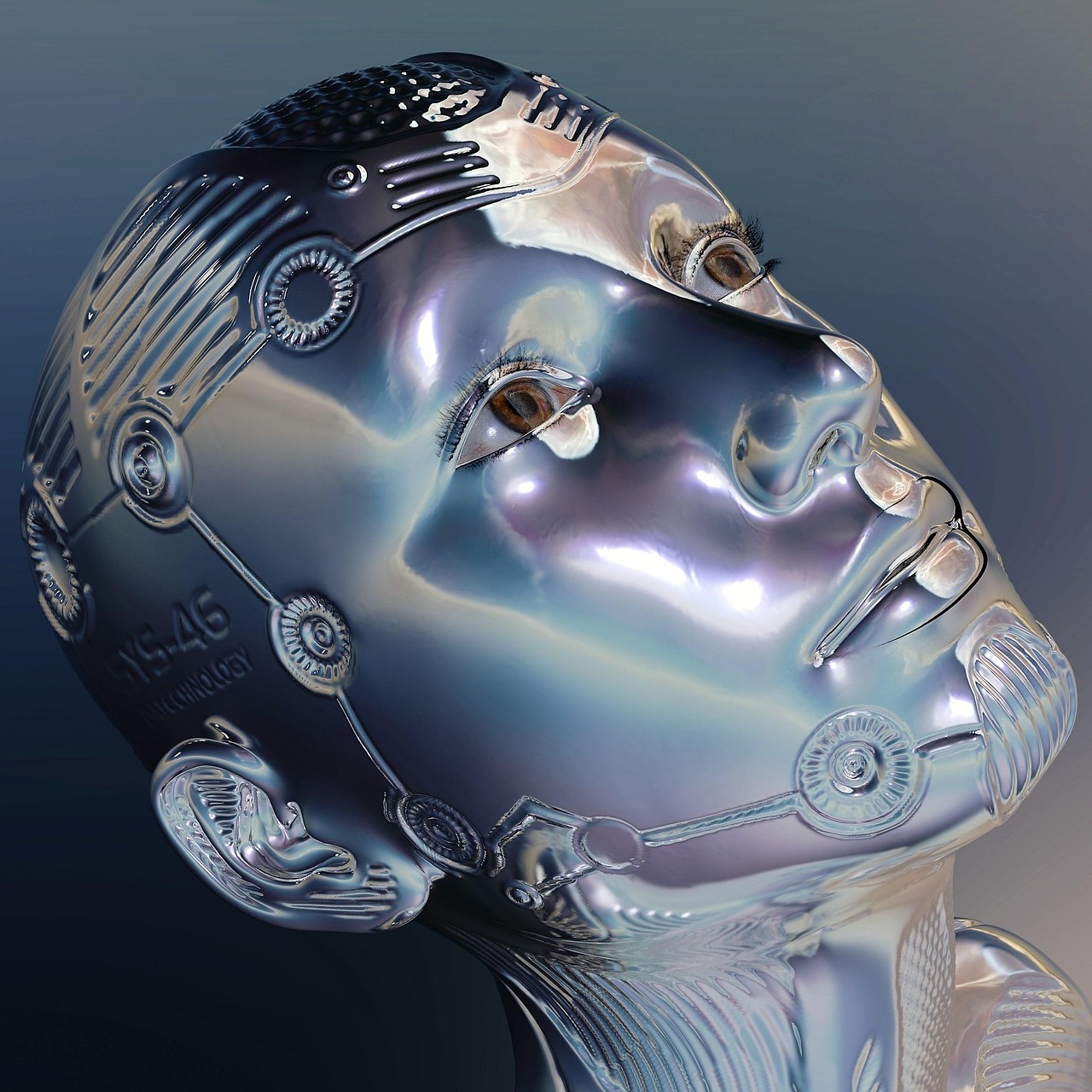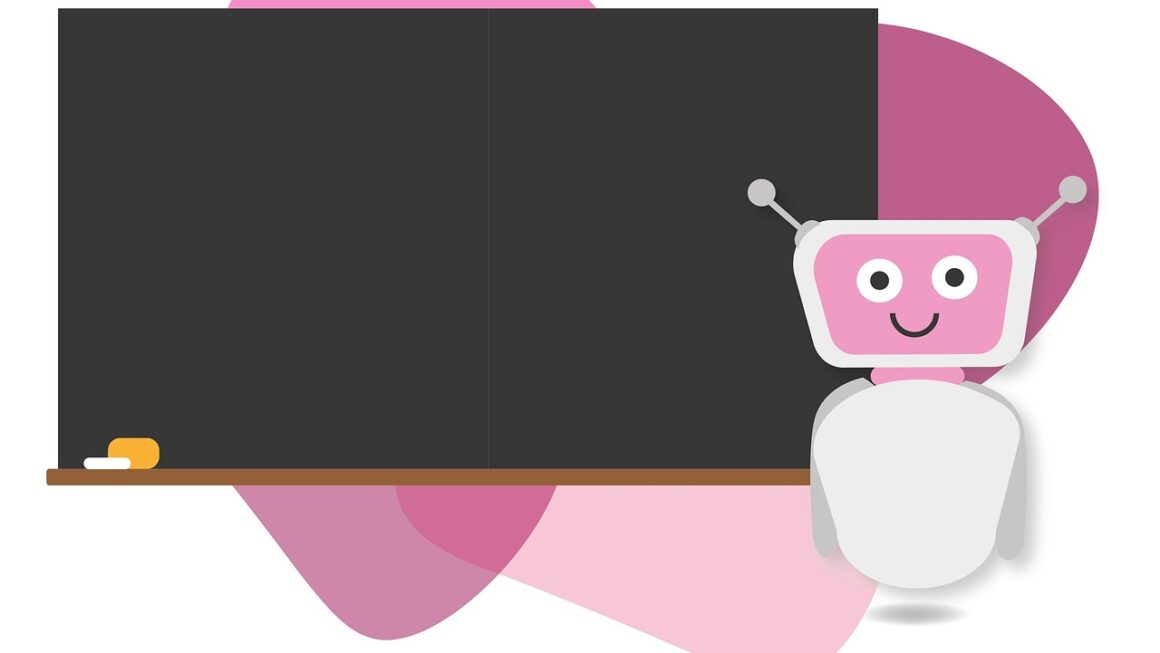Imagine having a tireless assistant available 24/7, ready to answer questions, provide support, and even generate creative content. That’s the power of AI chatbots, a technology rapidly transforming how businesses interact with customers and streamlining internal operations. From simple customer service queries to complex data analysis, AI chatbots are proving to be valuable assets across diverse industries. Let’s dive into the world of AI chatbots and explore their capabilities, benefits, and future implications.
What are AI Chatbots?
Understanding the Basics
AI chatbots are computer programs powered by artificial intelligence that can simulate human conversation. They use natural language processing (NLP) and machine learning (ML) to understand and respond to user inquiries in a natural and intuitive way. Unlike traditional chatbots that rely on pre-programmed scripts, AI chatbots learn from data and improve their responses over time.
Key Technologies Driving AI Chatbots
- Natural Language Processing (NLP): Allows chatbots to understand and interpret human language, including nuances, slang, and different writing styles.
- Machine Learning (ML): Enables chatbots to learn from past conversations and improve their accuracy and relevance over time.
- Deep Learning: A subset of ML that utilizes artificial neural networks to analyze large amounts of data and identify complex patterns.
Examples of AI Chatbot Applications
AI chatbots are being used in a wide range of applications, including:
- Customer Service: Answering frequently asked questions, resolving basic issues, and providing product support.
- Lead Generation: Qualifying leads, gathering contact information, and scheduling appointments.
- E-commerce: Assisting customers with product selection, order tracking, and payment processing.
- Healthcare: Providing medical information, scheduling appointments, and triaging patients.
- Internal Support: Answering employee questions about HR policies, IT support, and other internal resources.
Benefits of Implementing AI Chatbots
Enhanced Customer Experience
AI chatbots provide instant and personalized customer support, improving overall customer satisfaction. Customers no longer have to wait on hold or navigate complex phone menus to get the answers they need. According to a report by Juniper Research, AI-powered chatbots are expected to save businesses $11 billion annually by 2023.
- 24/7 Availability: Chatbots are available around the clock, providing support even outside of business hours.
- Personalized Interactions: Chatbots can access customer data to provide personalized recommendations and support.
- Reduced Wait Times: Chatbots provide instant responses, eliminating the need for customers to wait on hold.
Improved Efficiency and Cost Savings
By automating routine tasks and answering frequently asked questions, AI chatbots can free up human agents to focus on more complex issues. This can lead to significant cost savings and improved operational efficiency.
- Reduced Labor Costs: Chatbots can handle a large volume of inquiries, reducing the need for human agents.
- Increased Agent Productivity: By handling routine tasks, chatbots allow human agents to focus on more complex issues.
- Improved Operational Efficiency: Chatbots can streamline processes and automate tasks, improving overall efficiency.
Lead Generation and Sales
AI chatbots can be used to generate leads, qualify prospects, and even close sales. By engaging with website visitors and answering their questions, chatbots can capture valuable leads and guide them through the sales funnel.
- Lead Qualification: Chatbots can ask qualifying questions to identify potential leads.
- Personalized Recommendations: Chatbots can recommend products or services based on customer preferences.
- Automated Sales Process: Chatbots can guide customers through the sales process and even close deals.
Implementing AI Chatbots: Best Practices
Define Clear Goals and Objectives
Before implementing an AI chatbot, it’s important to define clear goals and objectives. What do you want the chatbot to achieve? What problems do you want it to solve? By defining clear goals, you can ensure that the chatbot is aligned with your business needs.
Example: If your goal is to reduce customer service costs, you might focus on automating answers to frequently asked questions. If your goal is to generate leads, you might focus on engaging website visitors and capturing their contact information.
Choose the Right Platform and Technology
There are many different chatbot platforms and technologies available. It’s important to choose the right platform and technology for your specific needs. Consider factors such as:
- Complexity: How complex are the tasks you want the chatbot to perform?
- Integration: Does the platform integrate with your existing systems?
- Cost: What is the cost of the platform and ongoing maintenance?
Example: For simple tasks, a rule-based chatbot may be sufficient. For more complex tasks, you may need an AI-powered chatbot with NLP and machine learning capabilities.
Train and Optimize Your Chatbot
Once you’ve implemented your AI chatbot, it’s important to train and optimize it to ensure that it’s providing accurate and relevant responses. This includes:
- Providing Training Data: Feed the chatbot with relevant data to improve its understanding of user inquiries.
- Monitoring Performance: Track the chatbot’s performance and identify areas for improvement.
- Updating and Refining: Continuously update and refine the chatbot’s responses based on user feedback and performance data.
Example: Analyze chatbot transcripts to identify common questions that the chatbot is struggling to answer. Use this information to update the chatbot’s training data and improve its responses.
The Future of AI Chatbots
Advanced Natural Language Processing
Future AI chatbots will have even more advanced NLP capabilities, allowing them to understand and respond to human language with greater accuracy and nuance. This will enable chatbots to handle more complex and sophisticated conversations.
Personalized and Proactive Interactions
AI chatbots will become even more personalized and proactive, anticipating customer needs and providing relevant information and support before they even ask. This will create a more seamless and engaging customer experience.
Integration with Emerging Technologies
AI chatbots will increasingly integrate with other emerging technologies such as virtual reality (VR), augmented reality (AR), and the Internet of Things (IoT). This will enable chatbots to provide even more immersive and interactive experiences.
Conclusion
AI chatbots are revolutionizing the way businesses interact with customers and streamline internal operations. By providing instant and personalized support, automating routine tasks, and generating leads, AI chatbots are proving to be valuable assets across diverse industries. As AI technology continues to evolve, we can expect to see even more sophisticated and innovative applications of AI chatbots in the future. Embracing this technology strategically can significantly enhance customer satisfaction, improve efficiency, and drive business growth.




